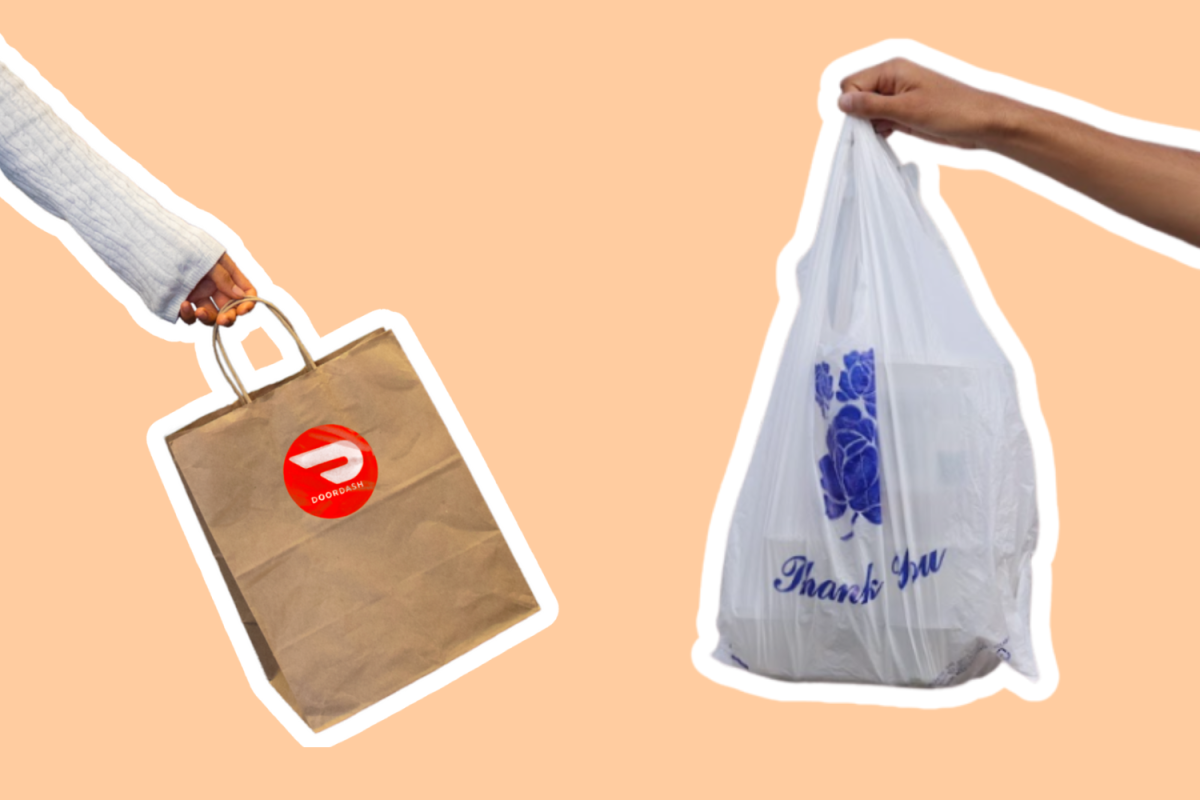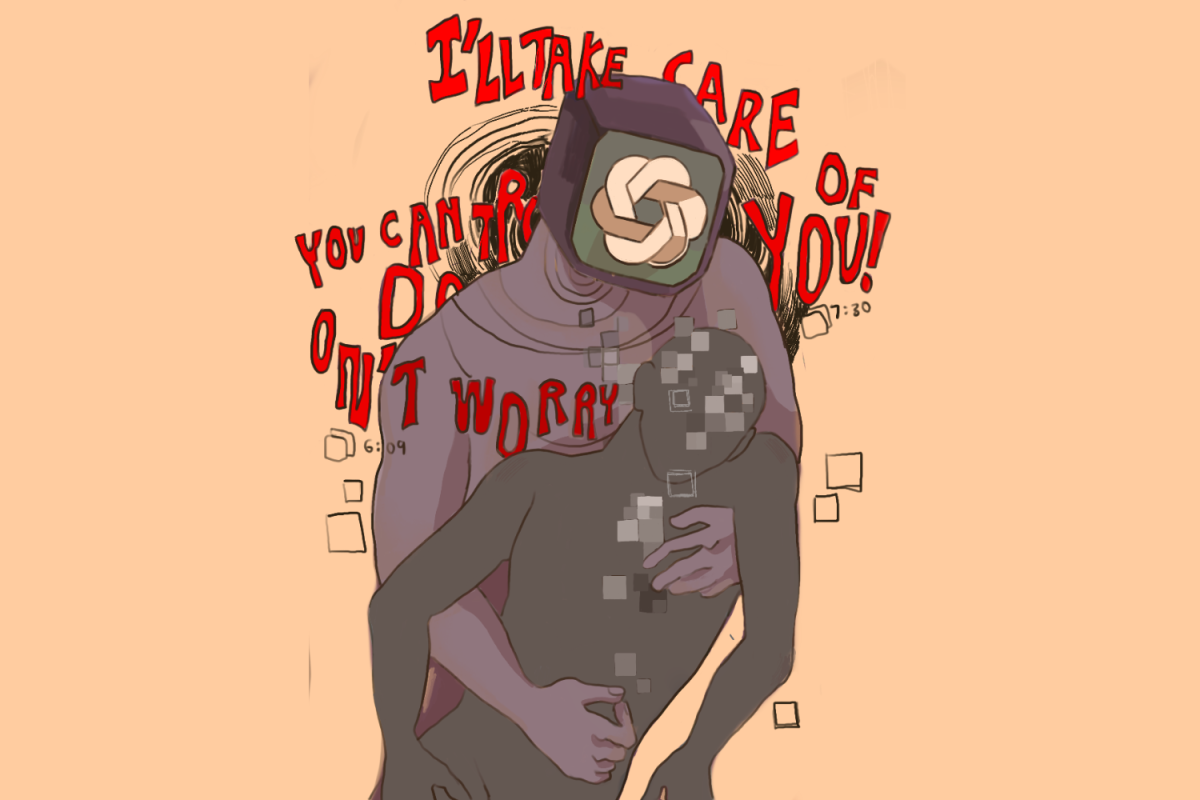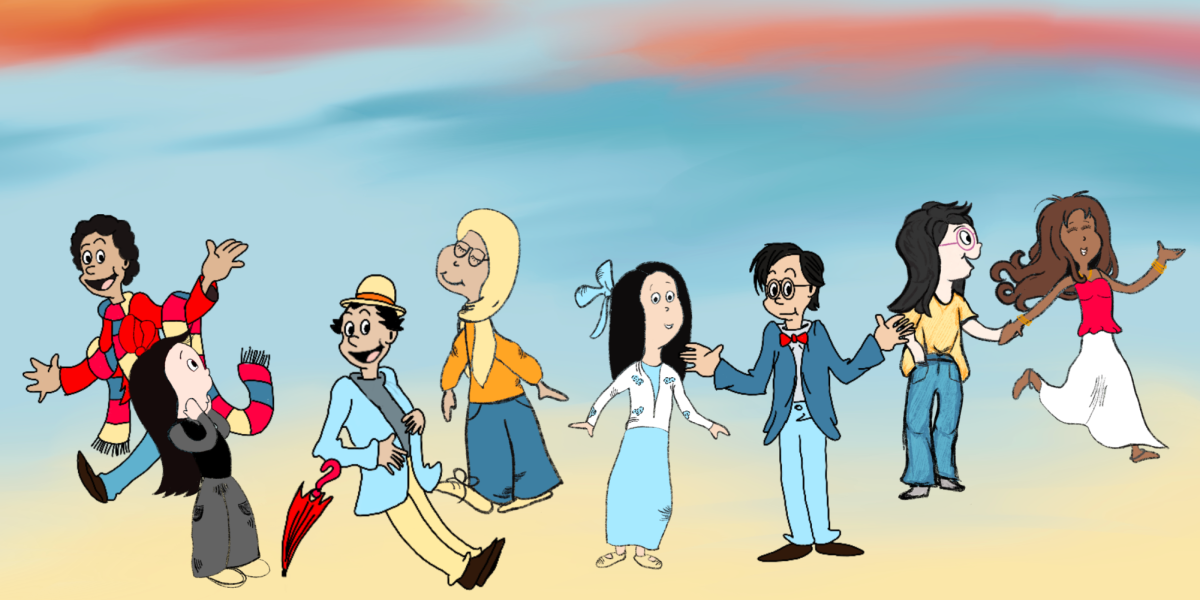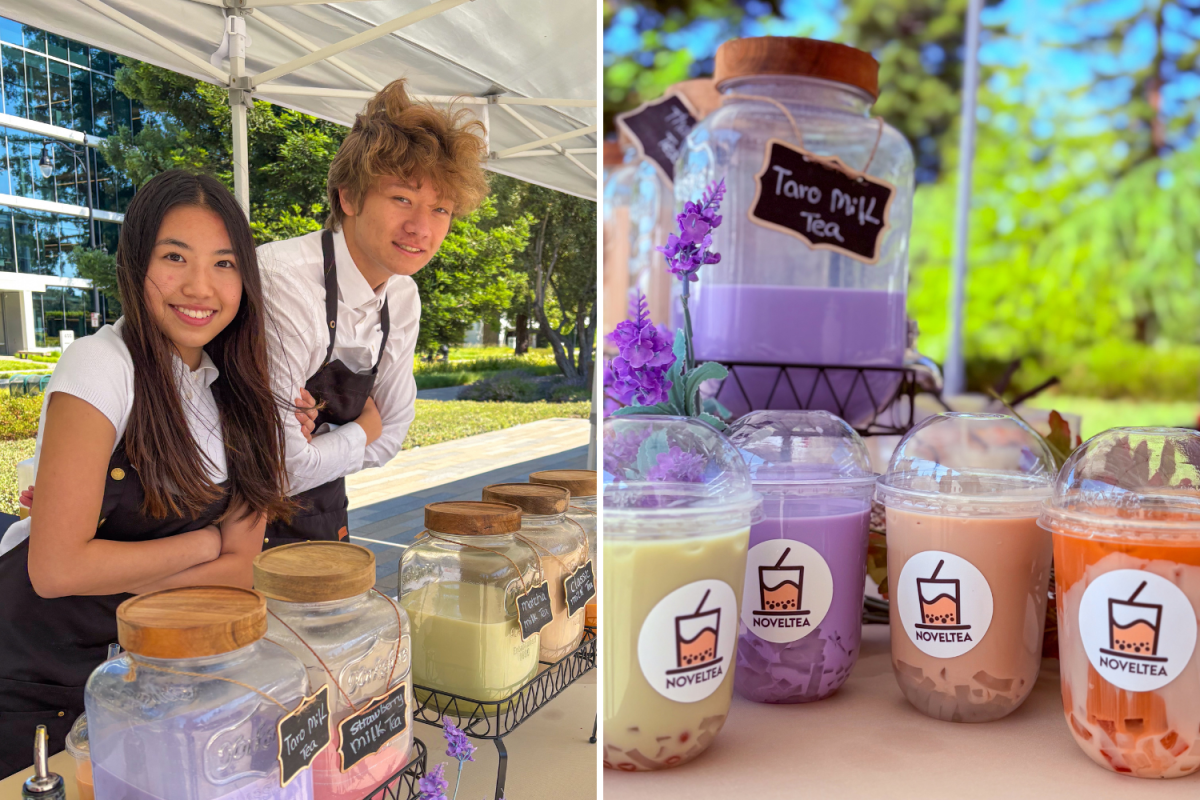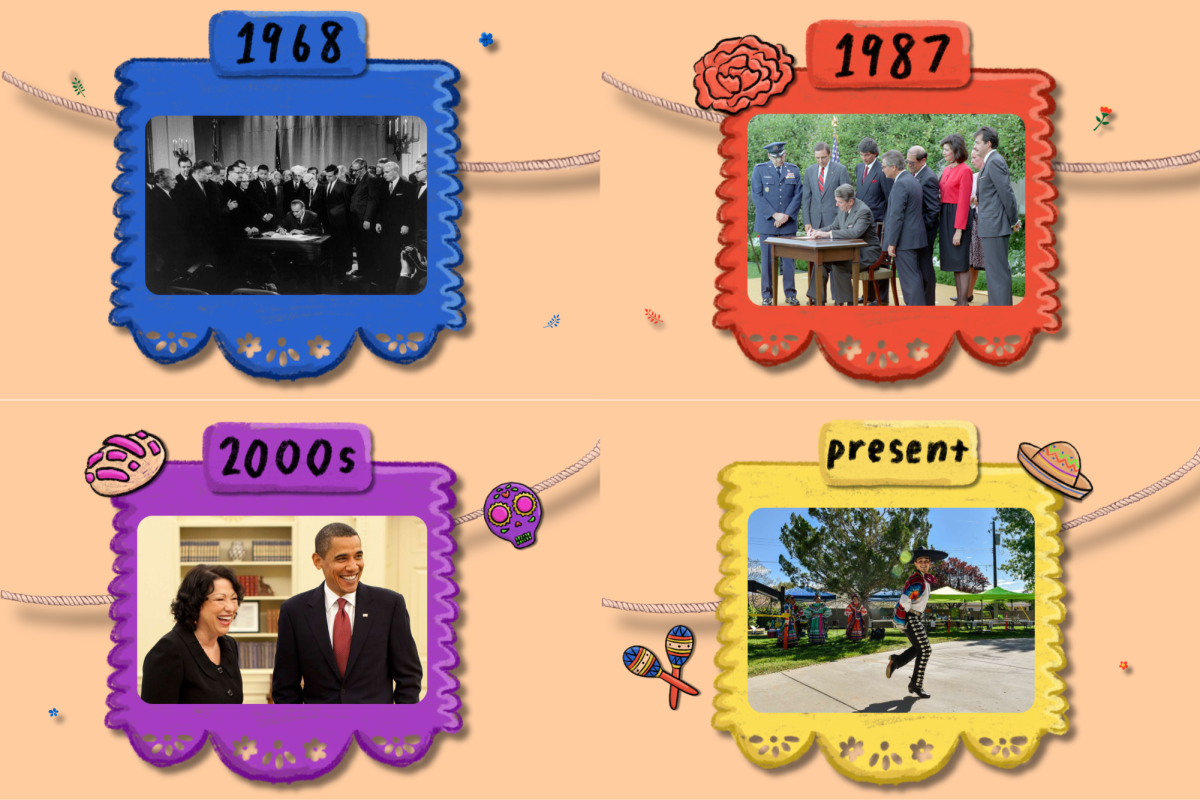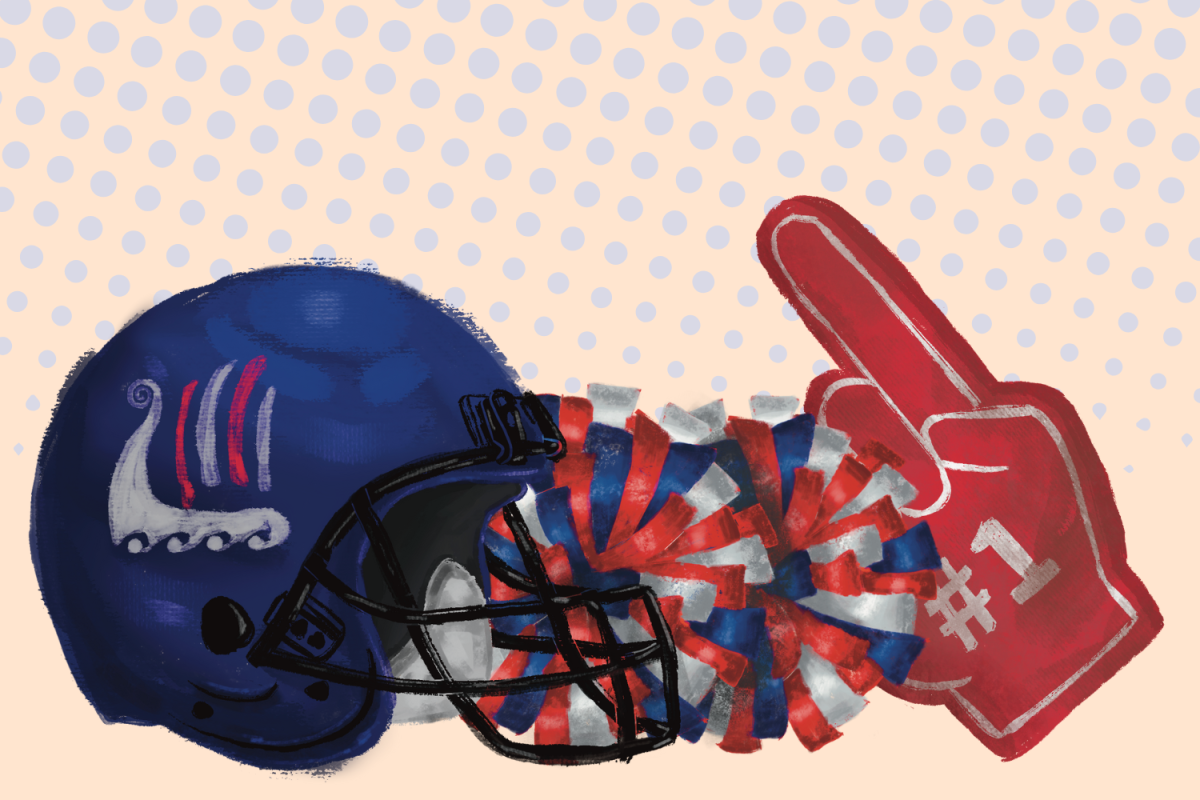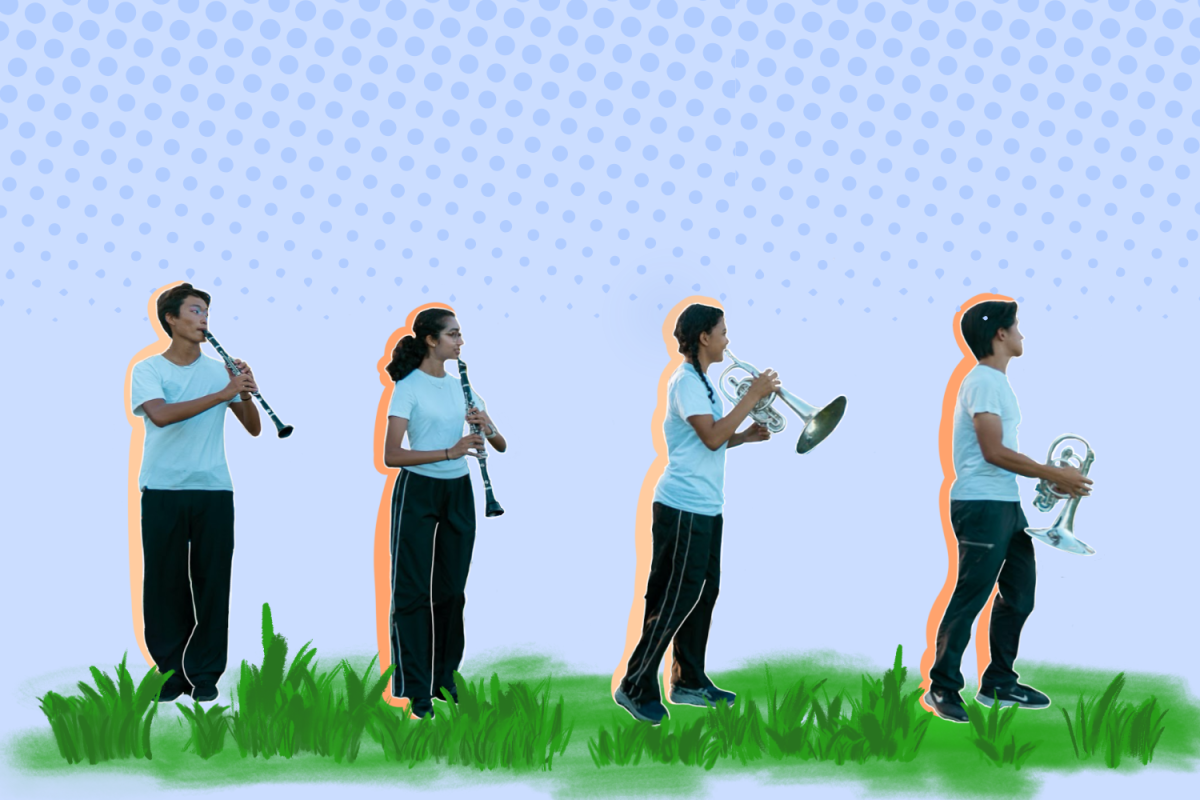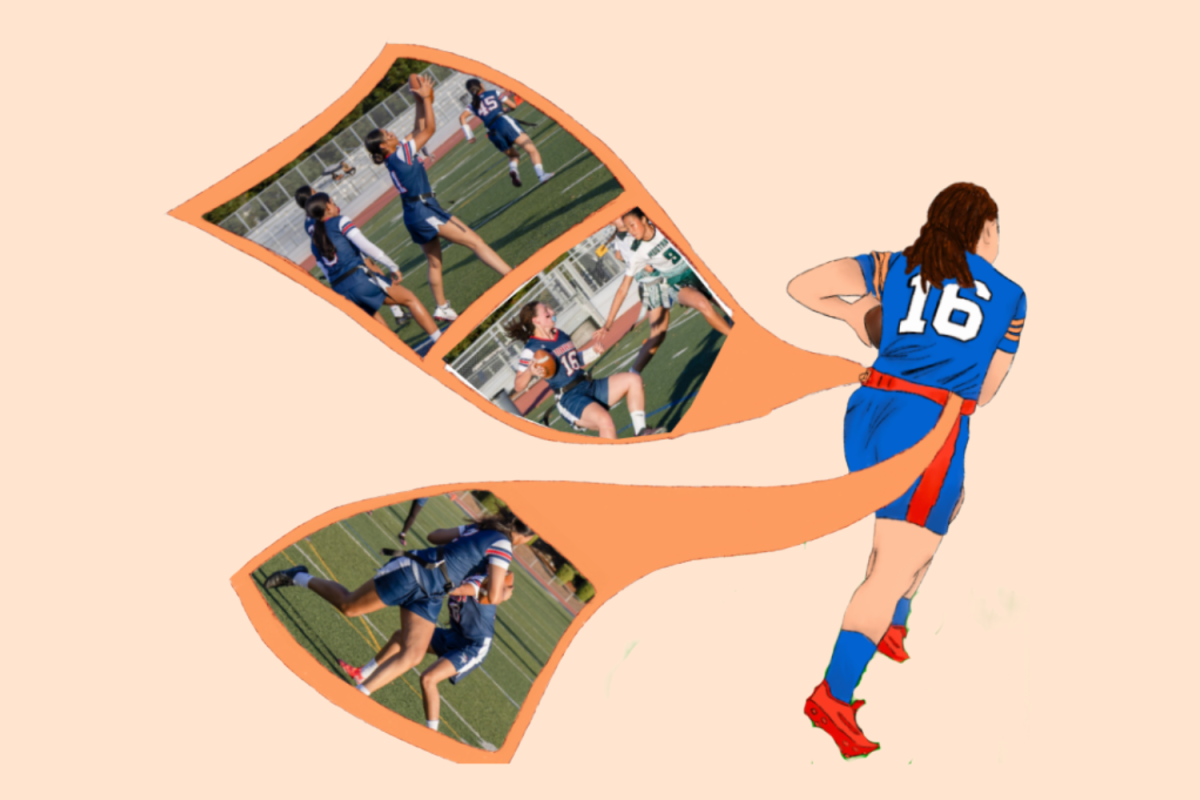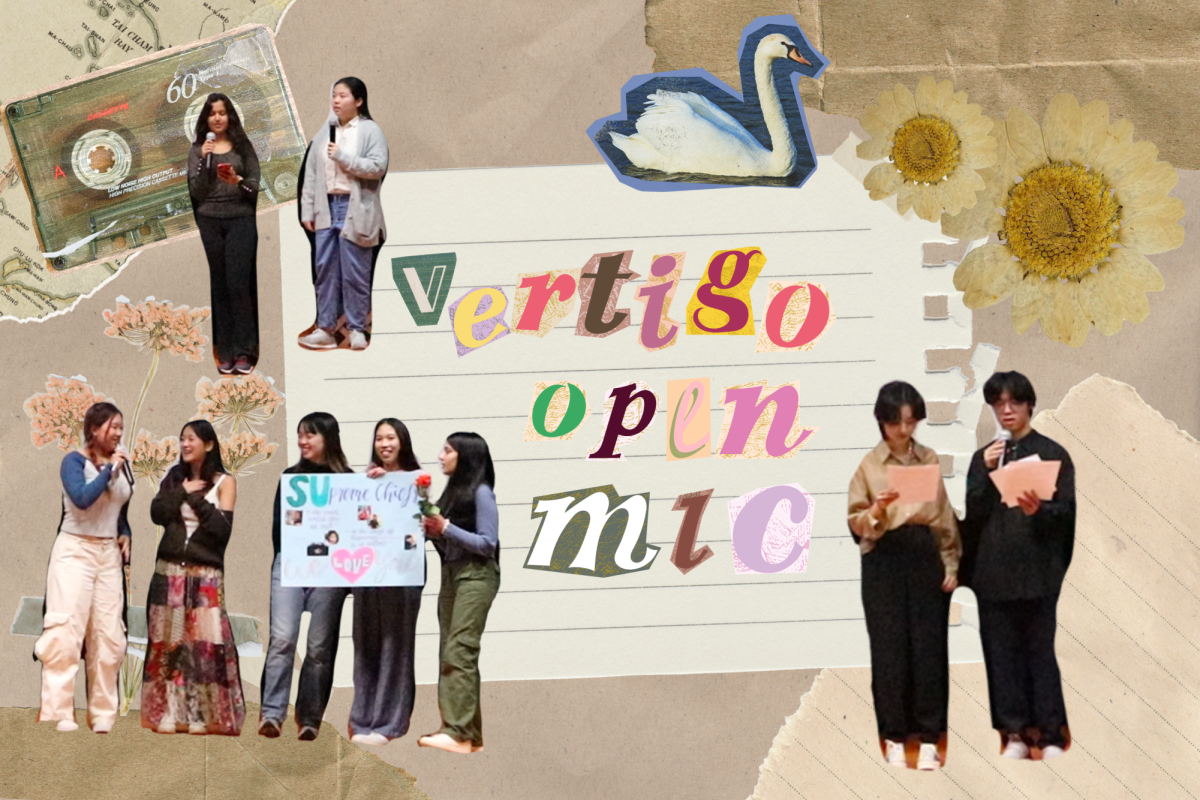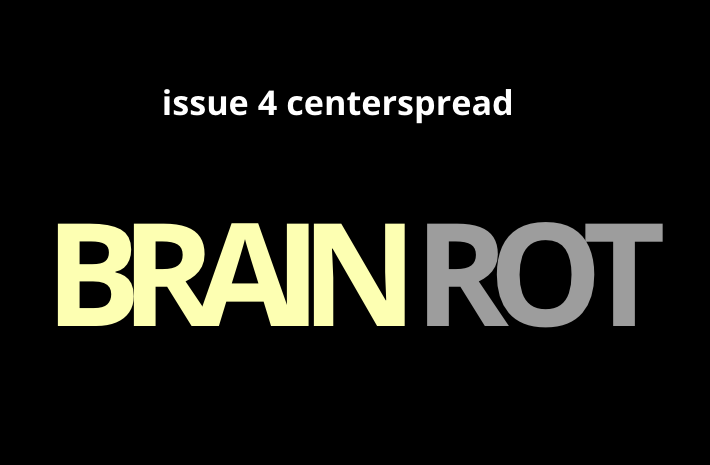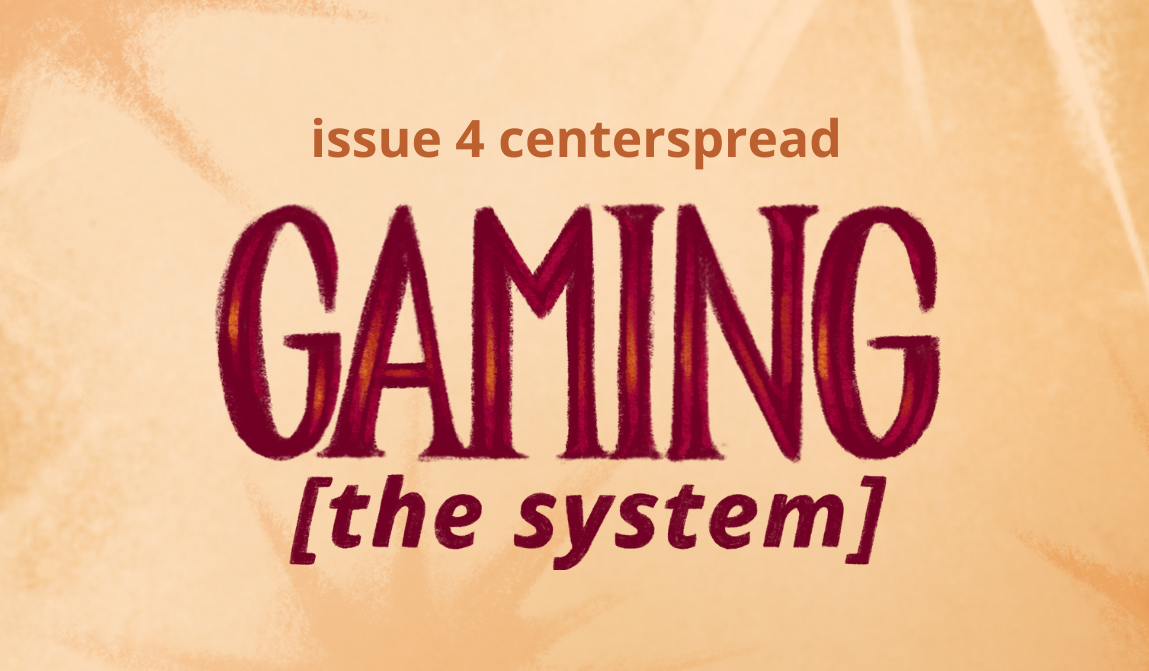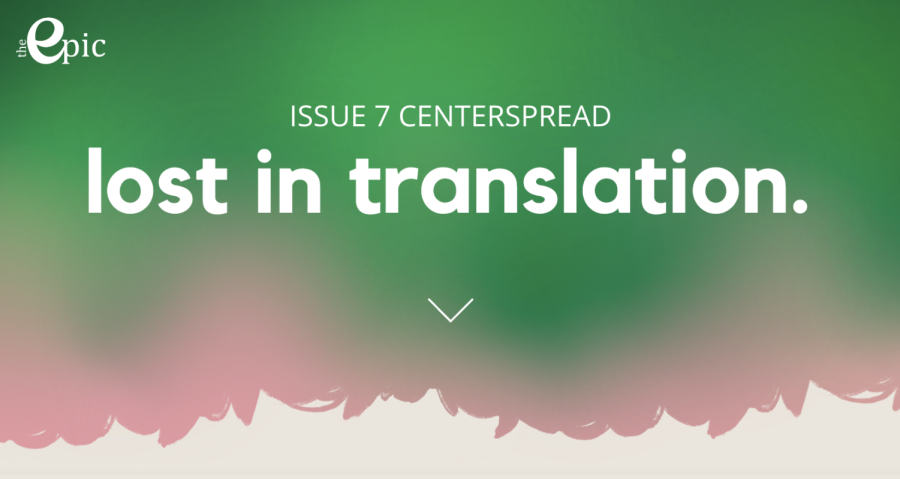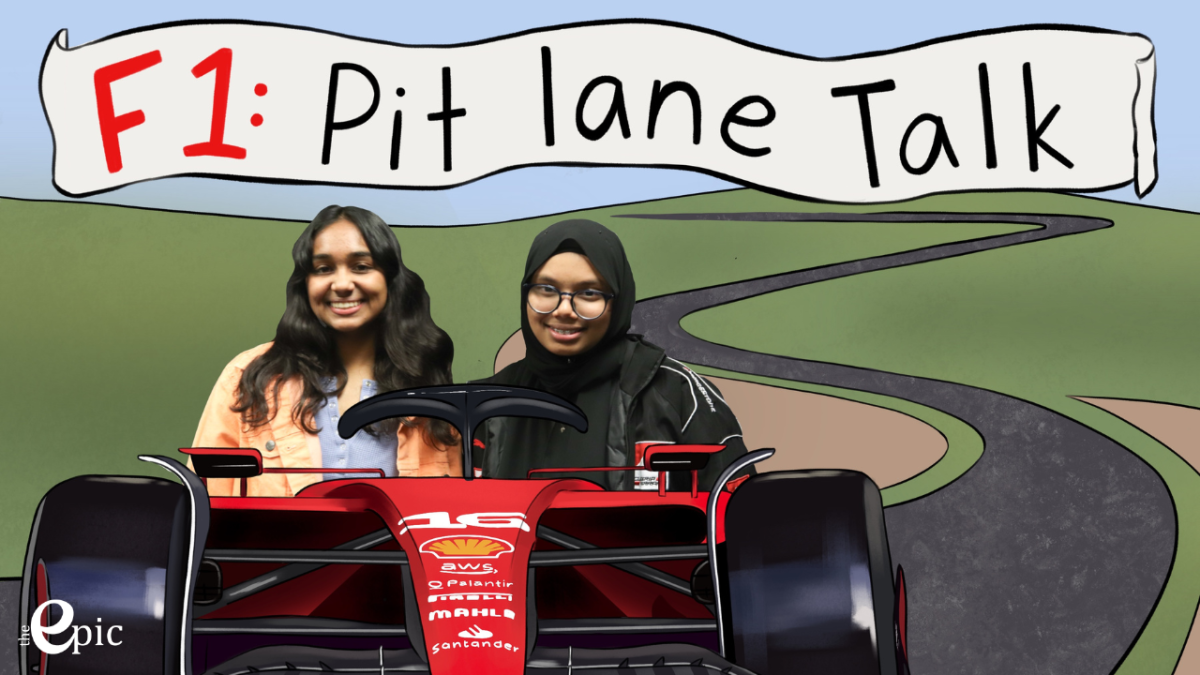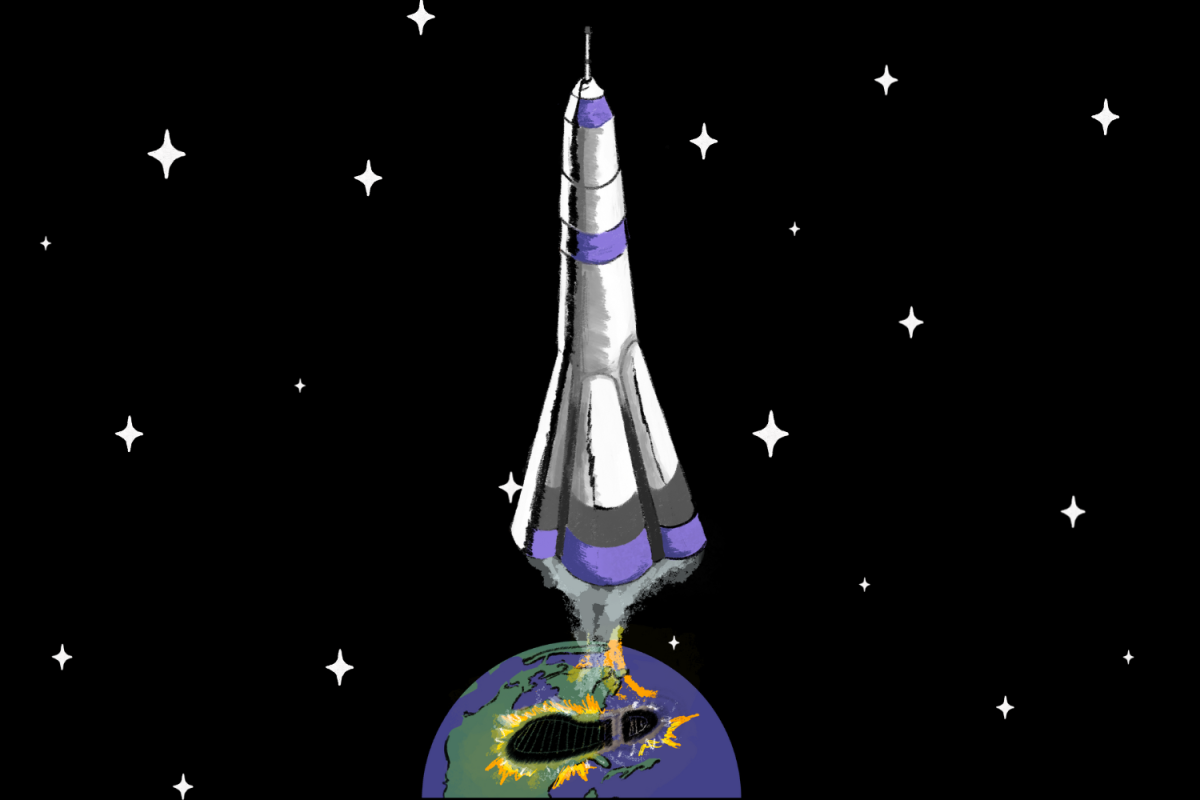On the streets of San José, the Eastern gray squirrel is an ordinary sight. Complete with its bushy tail and cinnamon-tinged fur, it is a common visitor to backyards and porches. Yet this common creature is invasive, dubbed “the most serious pests of homes and gardens,” and competes with its native counterpart, the Western Gray Squirrel, for resources. Invasive animals, often hiding in plain sight, are only one of the many threats to local wildlife, often leaving irreparable damage.
Characterized by warm, dry summers and cool, wet winters, San José boasts a temperate, Mediterranean climate. Since the land’s formation, native species have evolved to fit their environments through a history of adapted traits, forming symbiotic and competitive relationships with other species. These native species, like the valley oak trees, stand on hills covered with Idaho fescue grass. However, these native organisms share their home with species not indigenous to this habitat, a phenomenon started by explorers in the 1700s.
“Indirectly, all of this is more or less linked to human activity,” West Valley College biology professor Peter Svensson said. “Most of these species have been brought here by our travels and our activities, sometimes on purpose, like bringing in seeds for agriculture, or sometimes by accident, usually by transport, such as through cargo ships and air.”
In modern times, invasive species continue to be introduced, but for aesthetic purposes. The sprawling English ivy was planted by English settlers in the early 1700s for its easy maintenance and attractive evergreen leaves. However, it soon took over ground cover, leeching viable habitat for native plants. Meanwhile, the 1850s Gold Rush accidentally brought periwinkle vines, the bright blue flowers that dominate moist patches of soil, out-competing all other plants. Today, globalization and travel allow for ever-increasing chances for humans to bring foreign species to their native country.
As invasive species became ingrained in the local landscape, native flora and fauna began to erode. The most direct impacts of this come from predator-prey relationships and competition for resources, but the side effects can reverberate across ecosystems. For example, the invasive beaver-like nutria rodent’s diet of native vegetation can destroy up to 10 times the amount of plant material eaten, and their plant consumption combined with their burrowing habits can lead to soil erosion and sedimentation. Moreover, the eucalyptus tree, identifiable by its distinctive smell and patterned bark, takes over grassland and brushland with leaf litter that native plants are not able to grow out of. The oil inside the bark is also extremely flammable, exacerbating wildfires.
“All the native plants and animals evolved over thousands of years, and competition between them keeps the numbers of individual species down to a manageable amount, maintaining symbiosis,” Lead Open Space Technician Scott Cotterel said. “When other species are introduced, there are no natural predators or competitors. They take over because they make the environment uninhabitable for native species.”
Another concern is the transmission of disease to either humans or other wildlife through non-native species or pathogens. A local infestation of the Aedes aegypti mosquito — which can carry yellow fever — started in 2013. Tiny insects called shothole borers latch onto tree bark, potentially affecting one of five trees in San José with their tree-killing fungus. These beetles attack common native species like the valley oak and sycamore, both crucial nesting habitats for native birds.
Invasive species are just one of many threats to local wildlife. In modern times, increasing development of housing has led to habitat fragmentation, in which human constructions — houses, roads and bridges — transform a once uniform stretch of habitat into pockets of wilderness, areas often much smaller than a species’ comfortable range.
“Normally, if a plant had to adapt to changing weather conditions, or an animal had to move, they could just go north or go south and adjust to the weather,” Santa Clara County Natural Resource Manager Dana Page said. “But because there are so many houses and developments now, those animals are stuck in just one location, and they can’t go to new spots.”
Local government has taken action in order to protect local species, from volunteer groups to banning harmful chemicals.
“We set up weekly volunteer parties and event groups to keep on top of invasive weeds,” Santa Clara County Parks and Recreation Maintenance Supervisor Jason Gorman said. “We also have the Sheriff’s Program. It’s a weekend work program, and instead of people going to jail, they can come out and work.”
For personal contribution, individual sightings of invasive species can be reported to the California Department of Fish and Wildlife.
“I think the first step is just learning about it,” senior and Conservation Action Association officer Daphne Zhu said. “There are a lot of species that you don’t know are invasive because they’ve been here for so long.”
Many factors, including naturalization and widespread populations, make it unrealistic to remove all invasive plants and animals in a short period. Instead, management and persistent removal are the most common approaches to tackling invasive species. Independent initiatives to promote native species have led to an increase in “Native plants live here” signs across neighborhoods.
“There’s never going to be a world where we don’t have mustard or yellow star thistle,” Page said. “But the biggest thing that we work on is early detection and rapid response. So when new invasives come in, the key is to eradicate those as quickly as possible.”
To use the youth forces, local organizations such as Grassroots Ecology remove invasive plants at their parks in addition to offering education on local species. Strengthening local species is also a main objective of Santa Clara County: habitat restoration is one of the four big pillars that Page monitors.
“It’s easy to be overwhelmed, especially if you’re hearing about climate change, habitat fragmentation and all these other factors,” Page said. “I think a lot of people feel helpless and think, ‘Well, what could I possibly do that could fix such a big problem?’ But there are many ways that somebody can do at an individual level to actually help.”








